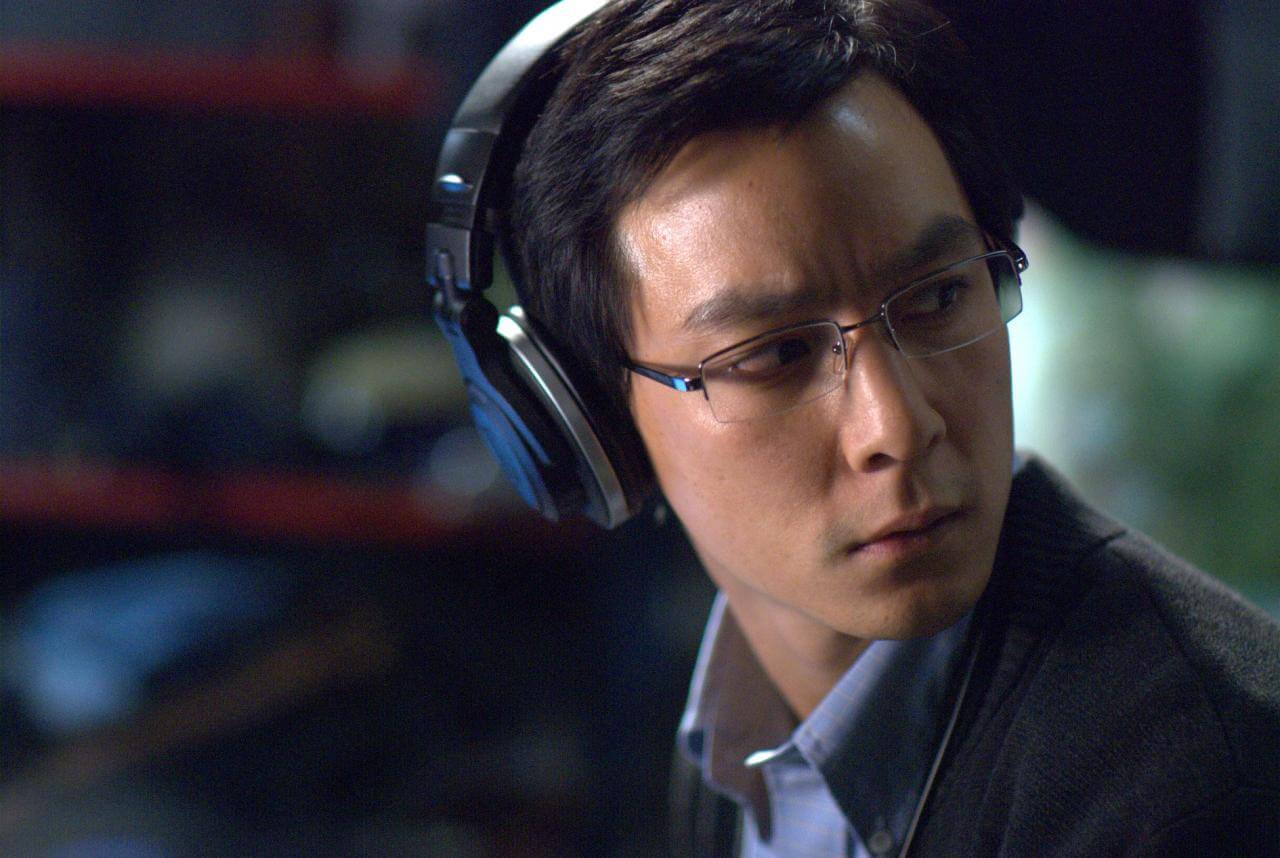Ever hit two or three o’clock in the afternoon and suddenly struggle to keep your eyes open? You’ve been cruising all day and now you can’t focus, your mind’s rereading the same document over and over again, you’re trying to solve problems to no avail—in the worst of times you’ll actually nod off for brief moments. I think it’s safe to say nothing is worse than being caught snoozing at your desk. The discovery by your coworkers or boss can sink the perception of your professionalism, or even worse, cause them to lose faith in you as a member of the team. Fortunately app stores are telling us it doesn’t have to be this way! Take a gander through the iTunes App Store or Google Play and you’ll quickly find sleep apps—both trackers and aids, litter the market.
It’s neither a surprise nor mystery why sleep apps have become so popular, but do they really work? Below I’ve compiled some of the supposed game-changers in the sleep app market, highlighting their features and what sets them apart.
General Sleep Aids
White Noise (iOS only—Paid)
Background noise isn’t for everyone, but it’s quite common for people to need some kind of faint sound to fall asleep at night—whether it’s the fan running at a low speed; a light-yet-peaceful downpour outside; or having the air conditioner going. White Noise offers over 40 looped choices of ambiance with additional free sounds on their website. You can also mix multiple soundscapes together for your perfect sleep-inducing concoction.
Sleep Genius (Free, iOS and Android, In-App Purchases)
Developed by experts in neuroscience, music, sound and sleep, Sleep Genius’ algorithms prep the user for sleep, steer them through each rest cycle and calmly wake you at your body’s optimum moment. Sleep Genius proclaims it’s “better” than White Noise. Sleep Genius is free to download, but users will quickly realize the buzz is around the in-app sleeping mode purchases, such as ‘Tranquility’, ‘Dreamscapes’ and the ultra-popular ‘Power Nap’ feature.
Dormio (Free with In-App Options, iOS)
Dormio, for starters, boasts one of the more creative names among sleep apps, standing apart from virtually every other app which incorporates ‘sleep’ into the name. However, Dormio is not a gimmick, rather, another soothing sleep aid through natural soundscapes. There are also a bevy of in-app purchases offering everything from ‘Lucid Dreaming Hypnosis’ to ‘See the Universe’. There is also a 90-minute timer so your phone battery isn’t drained in the morning.
Twilight (Free, Android Only)
Similar to F.lux for desktops, Twilight fights back against the blue screen horridness that has ruined society’s ability to go to sleep at an appropriate hour. It’s quite common for people to read on their phone or tablet before going to sleep at night, even more common in bed. Twilight adapts your screen to the time of day, filtering out the blue tint after sunset and keeping melatonin production in balance.
Sleepytime Bedtime Calculator (Free, Android Only—Paid, Android & iOS)
For those of us who are fortunate enough to not need sleep aids, enter Sleepytime. It’s a wonderful calculator that gives you several options of waking up—all you need to do is input the time you’re going to bed (it accounts 14 minutes for the user to fall asleep). You can also do the reverse and select when you want to wake up and a list of times to go to bed (again accounting for that 14 minutes) will pop up. The same idea is at work here as with the other sleep alarm clocks; waking up in-between sleep cycles will make the user feel rested whereas waking up during one, even with an adequate amount of sleep, will cause the user to feel drowsy and sluggish.
Sleep Trackers
Sleep Cycle alarm clock (Paid, iOS)
The Sleep Cycle alarm clock collects nightly data on your sleep patterns and puts them into graph form. Like any reputable alarm clock app, Sleep Cycle claims to wake its user up in a lighter sleep phase while also incorporating an intelligent snooze option if the user decides they’d still like to sleep more. Place the phone face-down under your sheets for ideal performance. Probably the coolest feature of the Sleep Cycle alarm clock is the sleep notes, where users can see how their sleep quality fared after eating fast food, or drinking coffee, or getting yelled at all day by a tyrant of a boss.
Sleep Talk (Paid, iOS—Free with In-App Purchases, Android)
Sleep talkers rejoice! Sleep Talk can be a bit creepy in that it records everything that goes on throughout your night of rest. You may hear ghosts whispering faintly, bodily movements, your own haunting sleep conversations or…you may find out you have horrible sleep apnea. If you’ve always slept alone, how would you know about that? Now, you can find out exactly what is plaguing your sleep cycle. And don’t worry; there won’t be an eight-hour recording to listen to after each night of sleep. Sleep Talk filters any sound and records them instantly. There’s also a fun little feature which allows users to post their middle-of-the-night-rants or disturbing snoring to Facebook and Twitter.
SleepBot (Free, iOS and Android)
Perhaps the jack-of-all-trades app in that it offers sleep tracking, a smart alarm as well as records movements and sounds occurring through the night. SleepBot may not stand out in terms of quirky features, but it perhaps touches on all areas like no other app, while still offering 10 customized alarm soundtracks, graphed sleep data, movement tracking, effortless sound recording playback and a simple interface—SleepBot may very well be the most complete sleep app available, and it’s free!
For Insomniacs
Deep Sleep with Andrew Johnson (Paid, iOS and Android)
Championed for its ability to help long-time sufferers of insomnia, Deep Sleep with Andrew Johnson brings the soothing sounds of self-hypnosis to its users. The voice of Andrew Johnson has been described by some as an adult lullaby while empowering the deprived to control their feelings on rest.
pzizz sleep (Paid, iOS only)
Another possible solution for pleading insomniacs—pzizz sleep is unique in that it doesn’t have the same list of tracks to choose from nightly. Instead, every time a user hits start a new set of sounds is generated (well there is a limit to new sounds, but 100 billion may as well be unlimited). This feature alone makes pzizz able to be tolerated for much longer than apps offering an increasingly stale list of audio choices. More so, pzizz allows the user to choose how long the sounds continue for—starting at 10 minutes and lasting up to 10 hours, 45 minutes. Pzizz is a bit costlier than most sleep apps out there, but promises to be a long-term solution and not just something to experiment with over a month-long periods.
Yoga for Insomnia (Paid, iOS & Android—also PC and Mac)
Yoga for Insomnia will turn away a lot of users with its $4.99 price tag; however ones willing to give it a go anyway are likelier to stick with the app versus an easily-downloadable free option. Yoga for Insomnia provides rich images of various yoga poses with the purpose of creating better breathing patterns and thus, better sleep. Settings range from beginner to more advanced levels for longer sessions. Each picture instructs the user on proper breathing methods. This app is part of a larger suite of apps called useful health tools, which can be purchased at a ‘pay-what-you-want’ price.
Well, that’s great, but do these really work?
Great question, and to be honest, who really knows? Most of the sleep apps on the market today have little backing from stringent scientific support. But, I’ll argue, so what? If these apps have a strong Placebo Effect, then so be it, a lot of people still feel more rested and ready to tackle their day. More importantly, the littering of sleep apps has cleaned the window for which we analyze our own sleeping patterns. This shift toward caring about our sleep cycles and amount of sleep we get is extremely important for a world that produces sluggishly each day. With constant stress, pressure, deadlines—plus family and friend obligations, sleep is often the necessary priority getting shoved to the bottom of the list.
If we can slowly start a world-wide (technological world, at least) movement to care more about what time we lay our head and what time we rise, we can open our bodies and minds up to a wealth of health benefits, probably more than we even realize.
This article first appeared on Taskworld




























